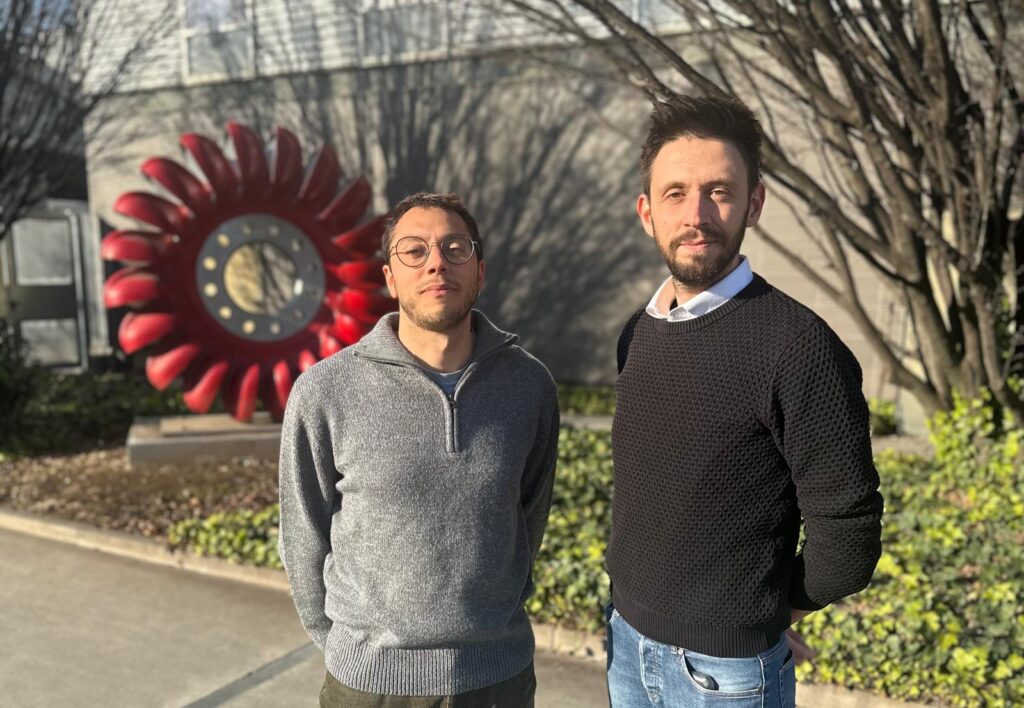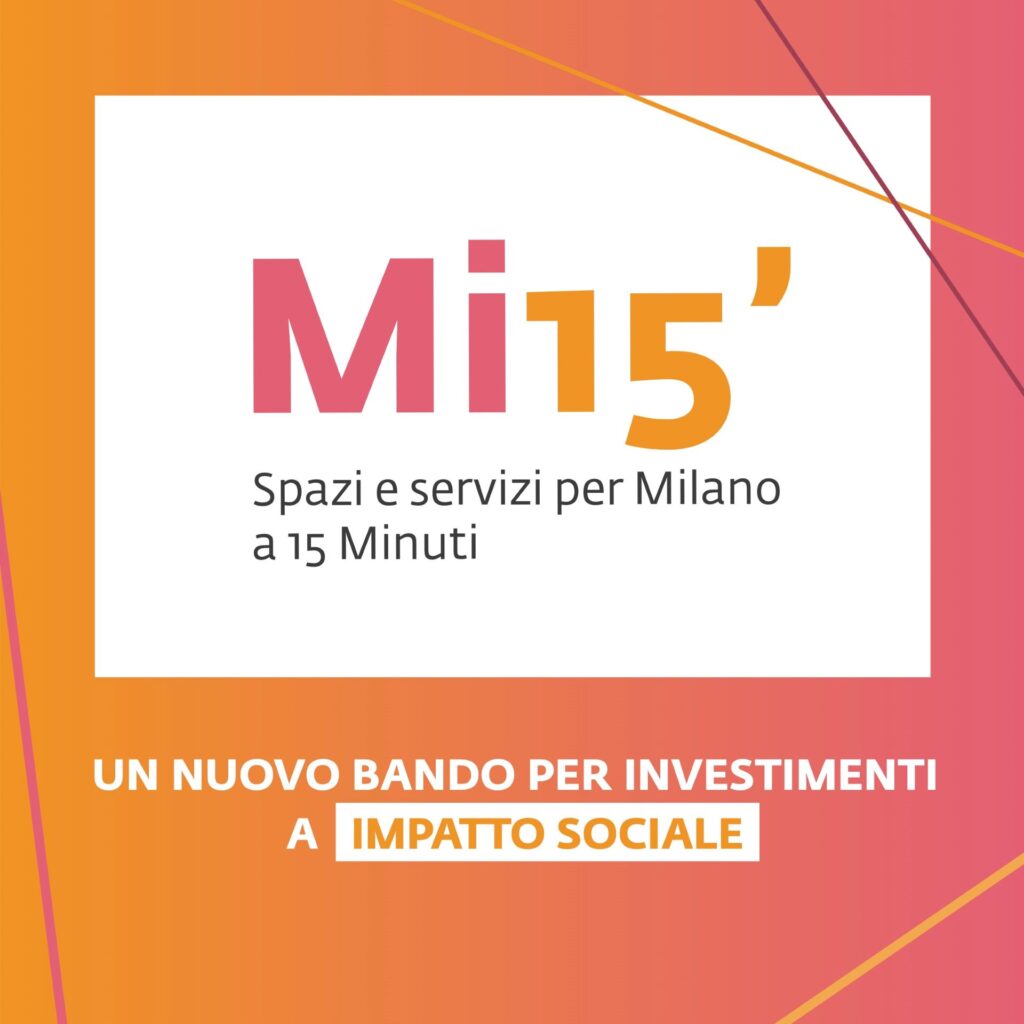
“A new management culture, dedicated to creating a fairer society and a planet where we can live better for longer.” This is the ethos of Tiresia, the research centre at the School of Management at Politecnico di Milano, as expressed in the 2024 end-of-year message from Mario Calderini, director of Tiresia and co-founder alongside scientific coordinator Irene Bengo.
Founded in 2013 as a centre of expertise in Social Innovation and Impact Finance within the Department of Management, Economics and Industrial Engineering, Tiresia’s researchers explore new ways in which finance and business can evolve, shaping business models from a socially sustainable perspective with positive effects on the environment as well.
Uno degli strumenti a loro disposizione è la cosiddetta “misurazione d’impatto”, una metodologia con applicazioni concrete che va a rilevare appunto l’impatto sociale e ambientale delle azioni messe in campo da Enti e aziende – anche a lungo termine. Un tema che sembra inafferrabile, difficile da quantificare.
Through their research project for the Municipality of Milan’s call for proposals “Mi15 – Spaces and services for Milan within 15 minutes”, Tiresia researchers Enrico Bellazzecca (head of the Public-Private Partnerships Area) and Tommaso Tropeano explained how a measurement process works.
The call for proposals, aimed at funding socially impactful activities in neighborhoods, launched in July 2022 and closed in September 2024, saw the participation of 53 organizations and related projects. Twenty-two of them were approved and funded with grants ranging from €24,000 to €80,000, tied to the underlying concept: reducing territorial disparities to ensure all citizens have access to as many services as possible, all within a 15-minute walk.
The proposed projects were diverse and varied, from coworking to cultural events and affordable healthcare visits. They had to meet three requirements: being useful, sustainable, and accessible. Furthermore, they had to fit into socio-educational categories such as learning, playing, working, cultural activities, healthy eating and treatment, and sports.

Tiresia’s two researchers worked alongside the city council and organisations in a participatory and collaborative manner, helping to create an infrastructure for measuring and evaluating the social impact of projects. Specifically, they helped define evaluation parameters or KPIs (Key Performance Indicators) to analyse and monitor the effects generated by each organisation in its own context. Based on the results achieved, some organisations also gained access to an additional ‘bonus’.
What is the purpose of using KPIs for such a socially oriented call?
ENRICO BELLAZZECCA: We supported Milan City Council in identifying a series of impact areas to guide organisations in measuring their performance against three KPIs: the efficiency of expenditure, the organisations’ ability to implement the planned activities, and finally, a third, more rewarding and distinctive indicator for each organisation. In this case, we aimed to develop a KPI that would encourage organisations to do more for Milan’s socio-economic fabric. With public funding, they could strengthen existing services, for instance, by extending them to more vulnerable groups, increasing outreach or offering new services.
Through several meetings, we arrived at a set of KPIs that could demonstrate effective public spending in terms of generating positive impact in neighbourhoods. Together with the organisations and Milan City Council, we then selected targets in order to activate the additional contribution available.
How did you specifically arrive at the definition of the KPIs used?
EB: All the KPIs were developed by listening to and interviewing the organisations, and some focused on expanding the services offered. For example, with healthcare providers, we analysed the number of free or subsidised check-ups and services previously provided, aiming to help them increase those numbers. We set ambitious targets to generate more check-ups and reach more people. The measurement was based on the organisations’ track record, which served as a baseline from which to define a new target, improving their social impact.

So it was a process built collaboratively, setting realistic goals?
EB: At the request of Milan City Council, we involved the organisations throughout the process of creating the KPIs, acting as an evaluating body to set targets that were both achievable and ambitious.
TOMMASO TROPEANO: We acted as technical mediators, balancing two distinct needs. On one side was the city council administration, which financed activities and equipment, wanting to understand what the organisations would achieve and what social impact they would generate for the community. On the other side were the organisations themselves, eager to show that what they were proposing would indeed generate positive change for the beneficiaries.
The challenge with the indicators, in my opinion, was finding a balance that could accommodate both sets of needs.
The call also included the measurement of long-term impact, with a reward system for reaching the targets. How was the relevant data collected?
EB: Data was collected through questionnaires and repositories. For example, questionnaires were administered at events, either at the entrance or linked to ticket purchases, while participation numbers for other activities were recorded. We were always involved in supporting the organisations to ensure the measurement was progressing correctly and being applied properly. At the same time, we acted as intermediaries for the city council to ensure the reported results were backed by evidence.

What distinguished this call from similar previous ones?
EB: It was innovative in that it linked an economic incentive to the generation of impact, beginning to integrate what we call ‘outcome-based’ approaches into public funding logic. This meant that funding was tied not only to efficiency and spending results but also to the depth of the project’s innovation in generating social impact.
Has your intervention encouraged organisations to adopt new methodologies? Thanks to your contribution, do they now have additional tools to improve their activities in the future?
TT: Through our work, some organizations have successfully implemented impact measurement systems based on the framework we developed, which they continue to use today. So there has been real development and growth thanks to the transfer of measurement expertise.
Having a tool like this available for subsequent calls is important, because the infrastructure we designed is simple to use, tailored to the needs and requirements of organizations, and therefore easily replicable. And the organizations themselves have reused these skills to submit projects for other calls.

For a public organisation, these tools can be useful for monitoring the quality of expenditure. How else can they be beneficial?
EB: They can also be valuable for future calls, helping to understand how to structure them more effectively to attract participants who genuinely contribute to the core idea. This provides the relevant offices with insight into what a future call of this type should or should not include.
TT: In our opinion, measurement should be used more as a management tool rather than solely for reporting. The selection of the evaluating organisation should be carried out through a negotiation process that is as participatory as possible in terms of the measurement, as our feedback shows that this can significantly improve relationships between organisations.
EB:I would like to point out that this project could be a pilot for the application of measurement as a participatory practice in politics itself.
EB: I like to emphasise that this project could serve as a pilot for using measurement as a participatory practice in policymaking itself. We have noted that if we want to amplify the effects on existing networks of organisations, this type of work should be done as preparation before the call. The aim would be to build capacity and capability, enabling organisations, or territories, to design projects that are socially and economically aligned towards a common goal.
This should not be done purely with a view to optimising funds. Instead, it would create a virtuous circle, as organisations would have more tools and be better equipped to present effective projects that are beneficial to the community, wouldn’t it?
EB: That’s what we hope! And that’s why we’re strongly advocating for the idea of measurement as a management tool, not just for project output.
